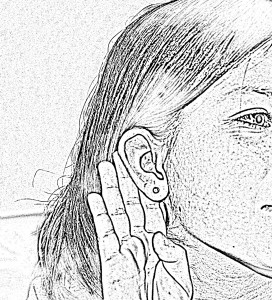Listen!
- Find the hidden messages in “behaviors” or “breakdowns”
Those of us that work with special needs students are very familiar with behaviors or breakdowns. Initially the crying, repetitive gestures and outbursts from these students may seem random, but they rarely are. These students have no way of saying “I don’t like this song,” or “The volume is too high.” Ask yourself:
What activity preceded the outburst?
Has this happened before?
What did you or the classroom staff do that calmed the student?
When does this student seem most content?
Sometimes there are even messages in the sounds and words said while in the midst of a tantrum. One of my students “J” threw a tantrum in one of my classes, and after close listening, I realized that he was yelling, “e-i-e-i-o.” He wanted to sing Old MacDonald but didn’t have the vocabulary to express it. So we sang Old MacDonald and he was immediately calmed.
“Read” Your Audience
A great many skills we develop as performers are transferable to teaching special needs students. One such skill is being able to “read” your audience. After a while we instinctively know when to slow down, speed up or drop a section completely. The same goes for working with students.
If you find your students engaged in a song, repeat it. This populations thrives on repetition, and those with language processing delays will have an opportunity to learn your material. On the other hand, if the class is losing focus or individuals are starting to show behaviors, find a quick stopping place and move on. It takes patience and flexibility to work with special needs kids, and sometimes no matter how wonderful your lesson plan is, you may have to make a quick change.
Your Greatest Resource: the Classroom Teacher
The special day class teachers are an amazing group of individuals who know their students extremely well. Ask them for advice and listen to them when they make suggestions.

